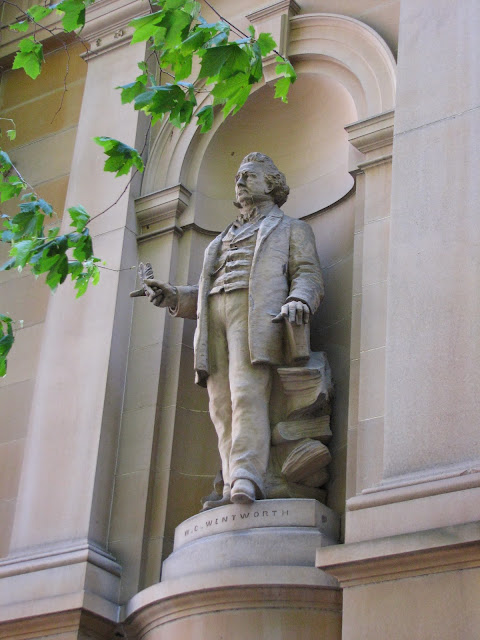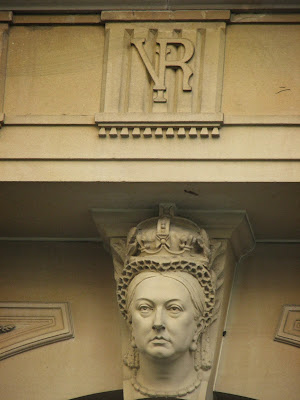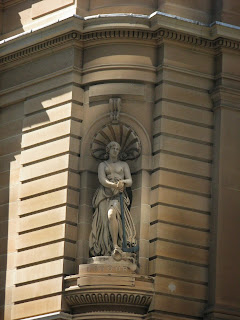W. C. Wentworth was the acknowledged son of D'Arcy Wentworth and a female convict named Catherine Crowley, who rose to be one of the most prominent men in the colony, not only as an explorer but a poet, journalist and politician.
After his birth on the ship Surprize in Norfolk Island, his parents returned to Sydney in 1796 and moved to Parramatta where his father became a successful land owner. In 1803 he was sent to England to be educated and returning in 1810 with no immediate job prospects, he rode his father's horse Gig to victory in the first official horse race in Australia at the Hyde Park races, on the track that was where the modern day Hyde Park is today.
In 1811 Lachlan Macquarie selected Wentworth as acting provost-marshal and he was granted 1750 acres on the Nepean River. In 1813 driven by the desire to find new pastures and his adventurous nature he led the expedition to cross the Blue Mountains with Blaxland and Lawson. Like Blaxland and Lawson, Wentworth also wrote a journal documenting their expedition and describing the landscape in great detail.
Wentworth returned to England in 1816 to make his way and become a lawyer. In 1819 he wrote a book, the first by an Australian which was encouraged by young John Macarthur the son of the John Macarthur senior the father of the wool industry in Australia.
A Statistical, Historical, and Political Description of the Colony of New South Wales and Its Dependent Settlements in Van Diemen's Land, With a Particular Enumeration of the Advantages Which These Colonies Offer for Emigration and Their Superiority in Many Respects Over Those Possessed by the United States of America.
He spent a great deal of time with the Macarthurs and hoped to marry Elizabeth but this did not eventuate (and there are two versions of what happened) either because William had convict parents or there was a dispute over money.
He was called to the bar in 1822 and spent time at Cambridge. In 1824 he returned to the colony and after his father's death in 1827 inherited his property and became one of the wealthiest men in the colony. It is at this time that bought land at Vaucluse and built the mansion known as Vaucluse House which still exists today as part of the Sydney Living Museum's properties.
The towns of Wentworth and Wentworth Falls and the waterfall Wentworth Falls and the electoral division of Wentworth are named after this Australian explorer.
There is much more to tell about W C Wentworth but I will keep that for a later post.

















